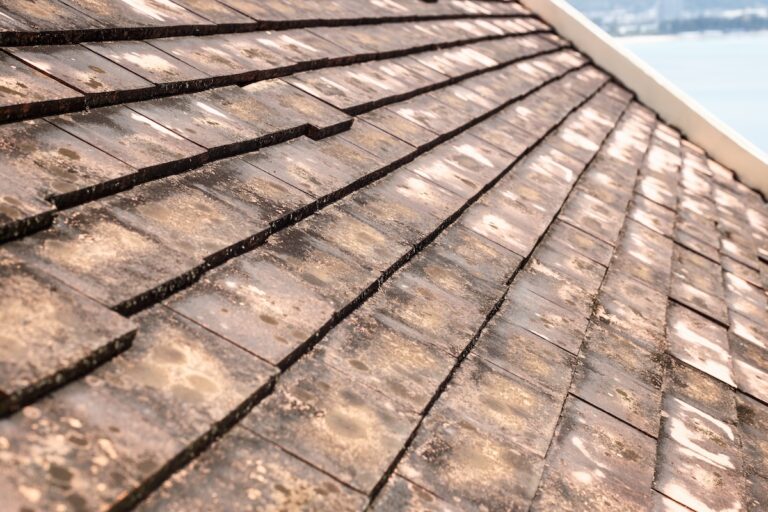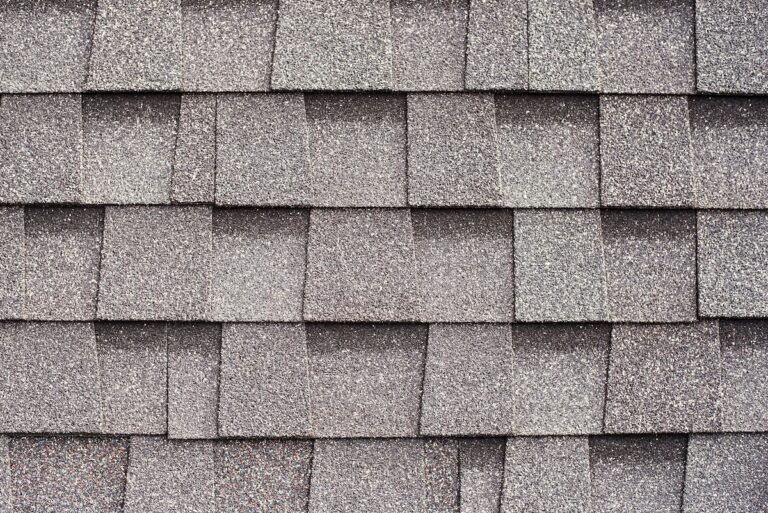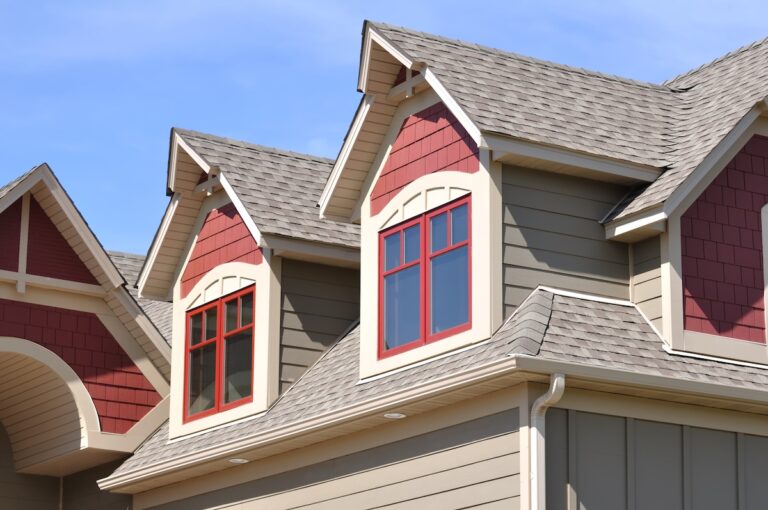Flat roofs are a common choice for commercial buildings and even a few residential properties, known for their cost efficiency, minimalistic aesthetic, and ease of installation. However, one topic that often raises concerns for building managers and property owners is drainage. Unlike sloped roofs that naturally allow water to run off, flat roofs rely on uniquely designed drainage systems to keep them functional, safe, and long-lasting.
If you’ve been wondering “how does a flat roof drain?” or are dealing with drainage issues, this guide is here to clear up the mystery. We’ll walk you through everything from:
- Drainage design options
- Common problems
- Commercial roof maintenance tips
- Solutions
Why Proper Drainage is Crucial for Flat Roofs
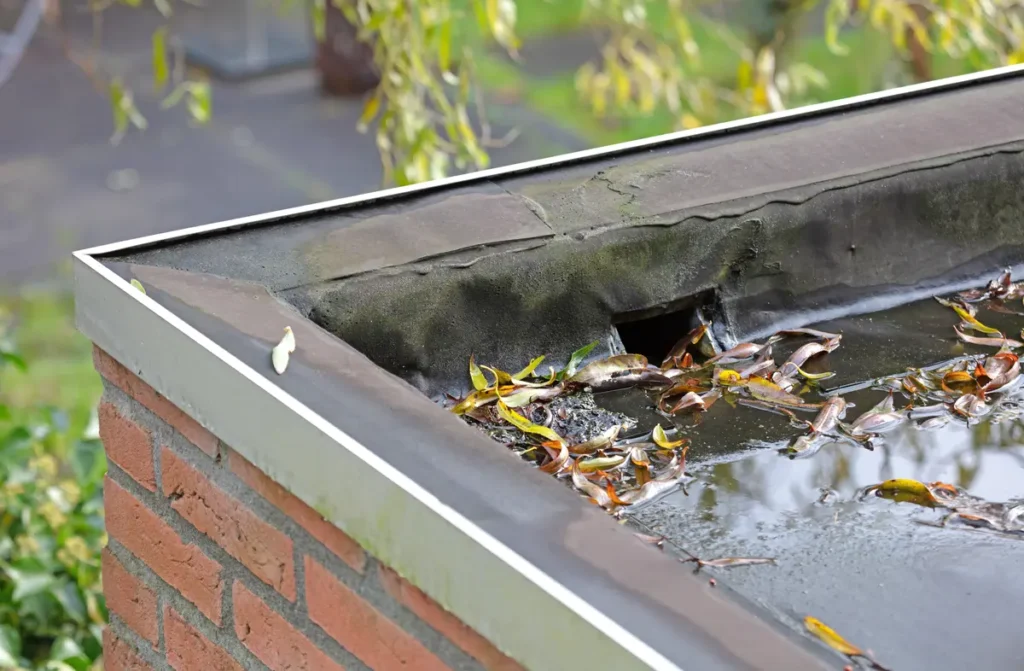
Flat roofs aren’t completely flat—they typically have a slight slope (around 1/4 inch per foot), but this minimal pitch makes efficient drainage essential. Without a proper drainage system, water can collect on the roof, creating problems like:
- Ponding Water: Prolonged accumulation of standing water can lead to leaks, structural strain, and eventual roof failure.
- Weighed-Down Roofing Material: Water adds weight to your roof, which can cause sagging over time, especially in older buildings.
- Reduced Longevity: Improper drainage can wear out the roofing materials faster, resulting in more frequent repairs or replacement.
- Damage to Property: Water build-up or overflow can seep into your building, damaging interior walls, ceilings, and equipment.
Proper drainage isn’t just an option—it’s a necessity. But how does it work?
4 Flat Roof Drainage Systems Explained
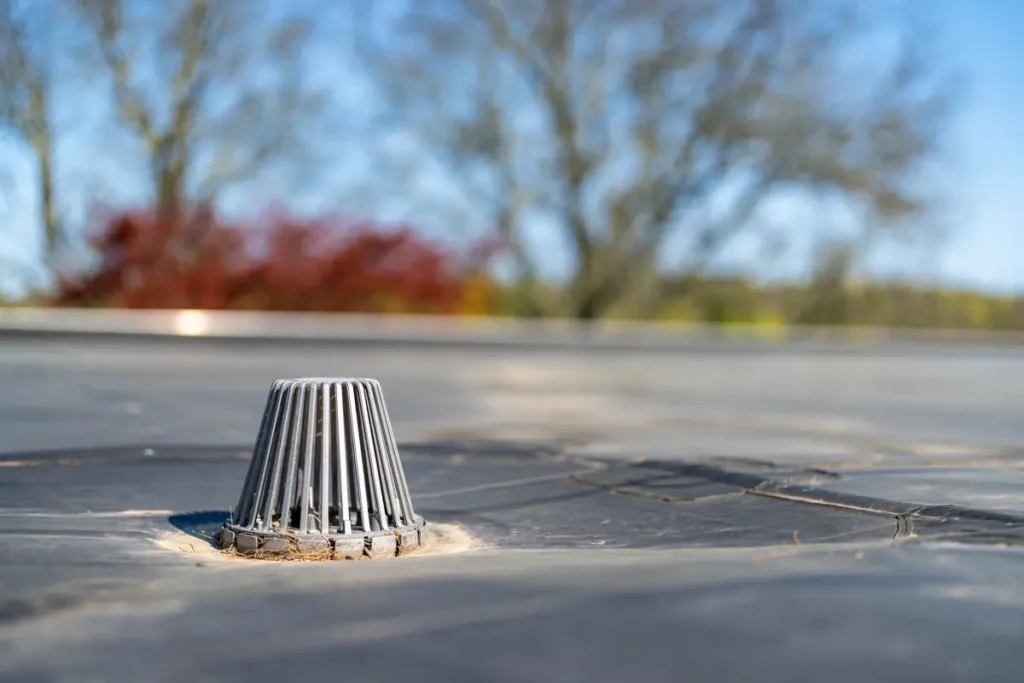
Unlike traditional sloped roofs, which rely on gravity to direct water to gutters, flat roof systems incorporate specialized drainage designs. Here’s an overview of the most common flat roof drainage systems and how they work:
1. Interior Drains
Interior drains are commonly installed in the center or at low points of the roof. These drains connect to a network of pipes that channel water to the building’s internal plumbing system and direct it away from the foundation.
⭐️ Features:
- Hoppers or domed grates are placed over the drain openings to trap debris and prevent clogging.
- The system includes underground piping to ensure water exits efficiently.
✅ Pros:
- Highly effective at moving large volumes of water.
- Protects the exterior of the building since pipes are hidden inside.
❌ Cons:
- Repairs can be costly if the pipes get damaged or clogged.
- Requires regular maintenance to clear debris and avoid blockages.
2. Scuppers
Roof scuppers are openings placed along the edges or parapet walls of a flat roof. They allow water to drain off the roof and flow into downspouts or directly to the ground below.
⭐️ Features:
- Often paired with downspouts to direct water away from the building.
- Scuppers are commonly installed with a metal or PVC liner to improve water flow.
✅ Pros:
- Simple and cost-effective to install.
- Minimal upkeep compared to interior drains.
❌ Cons:
- Inefficient for roofs collecting heavy rainfall.
- May lead to water pooling if not installed properly or the roof is not adequately sloped toward the scuppers.
3. Gutters
Gutters installed along the roofline collect rainwater and channel it through downspouts to ground level. Though typically associated with sloped roofs, roof gutters can work well for flat roofs with proper design.
⭐️ Features:
- Aimed at catching and directing water flow without disrupting the building exterior.
- Positioned around the edges of the roof.
✅ Pros:
- Affordable and simple solution.
- Easily accessible for cleaning and repairs.
❌ Cons:
- Require frequent cleaning to avoid debris buildup and clogging.
- Vulnerable to damage in colder climates where ice and snow can weigh them down.
4. Sloped Insulation Systems
Some modern flat roofs use sloped insulation boards to guide water toward drains or scuppers. This method adds a slight grade to areas of the roof to eliminate low points where water could pool.
⭐️ Features:
- Installed beneath the waterproof membrane.
- Used in combination with another drainage element like interior drains or scuppers.
✅ Pros:
- Provides enhanced drainage efficiency.
- Reduces the likelihood of ponding water.
❌ Cons:
- Initial installation can be costly.
- Might require regular inspections to verify insulation layers remain intact.
Identifying Drainage Problems on Flat Roofs
Even well-designed drainage systems can develop problems over time. Here are the most common issues to watch out for and how to address them:
Clogged Drains or Gutters
Debris, leaves, and dirt can easily block drains or gutters, restricting the flow of water. Once clogged, standing water accumulates faster, increasing the risk of damage.
Solution:
Schedule regular cleaning, especially after storms or in autumn when leaves are falling. Installing mesh screens or grates can help reduce debris buildup.
Ponding Water
Flat roofs with insufficient slope or damaged drainage systems tend to collect water in dips or low spots. This can weaken the roofing materials, leading to cracks or leaks.
Solution:
Check to ensure proper slope and no sagging areas. Use roof leveling materials as a temporary fix or invest in sloped insulation systems for a long-term solution.
Pipe Damage or Misalignment
For systems reliant on interior drains, misaligned pipes or damage due to freezing, corrosion, or shifting can disrupt the entire drainage system.
Solution:
Inspect drainpipes regularly for blockages, cracks, or leaks. Address plumbing issues promptly to minimize repair costs.
Ice Dams
Areas with freezing temperatures can experience ice dams, where melted snow refreezes at roof drains or scuppers, preventing proper drainage.
Solution:
Install heating cables around key drainage points to prevent freezing. Additionally, ensure the roof is well-insulated to reduce snow melt caused by heat escaping from inside the building.
Maintenance Tips for Flat Roof Drainage Systems
A well-maintained drainage system is the secret to maximizing the lifespan of your flat roof and protecting your property from water damage. Follow these tips to keep your drainage system running smoothly:
- Schedule Regular Inspections: Have a professional inspect your roof and drainage systems at least twice a year—ideally in spring and fall. They’ll check for clogs, blockages, and structural issues that may need attention.
- Clear Debris Frequently: Remove leaves, sticks, and dirt from scuppers, drains, and gutters on a regular basis to prevent backups.
- Monitor After Heavy Rainfalls: Check for pooling water or slow drainage after storms. It’s better to catch minor problems early before they turn into costly repairs.
- Keep Heating Elements Operational: For buildings in colder climates, maintain heating cables and insulation to prevent ice buildup.
- Invest in Waterproofing: Waterproof coatings or membranes provide an extra layer of protection, ensuring that even minor drainage delays won’t lead to leaks or damage.
- Know When to Call an Expert: While some tasks can be DIY, others require professional commercial roofing expertise. If interior drains or structural issues are causing major water problems, it’s time to call a roofing or drainage specialist.
Why Drainage System Design Matters
Every building is unique, and so are its drainage needs. That’s why working with a professional roofing expert is essential to ensure the drainage system is tailored to your roof’s design, climate, and the amount of rainfall your area typically receives. Properly installed drainage systems can save you thousands of dollars in potential water damage repair costs and extend the life of your flat roof by several years.
Take the Next Step in Roof Care
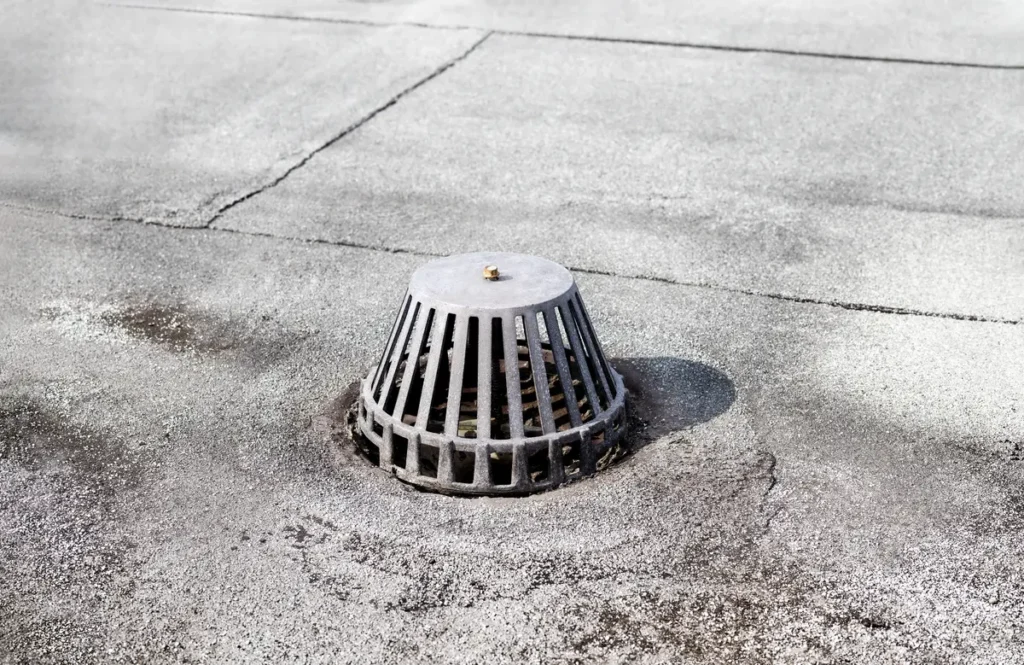
At G. Cannon, we understand that keeping your flat roof in top condition is vital for protecting your building and peace of mind. We specialize in everything from roof inspections to customized drainage solutions that are built to last. Whether you’re looking to upgrade your drainage system, repair damage, or ensure proper maintenance, we’re here to help every step of the way.
Looking for expert advice? Contact G. Cannon today to schedule a free consultation and learn more about how to improve your roof’s drainage system.



